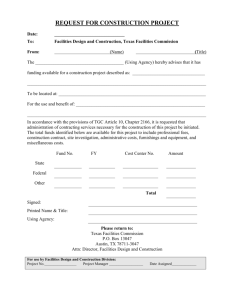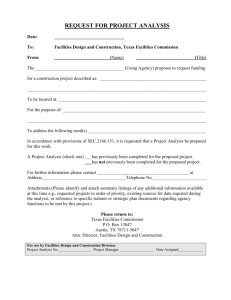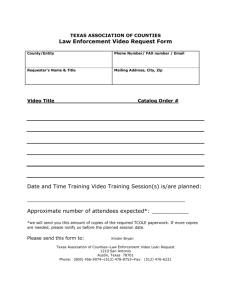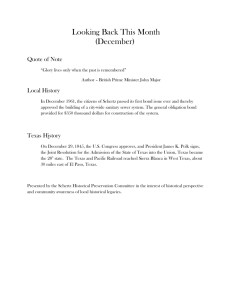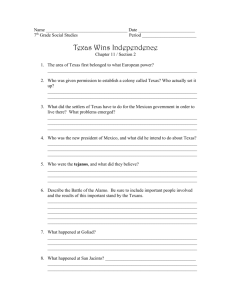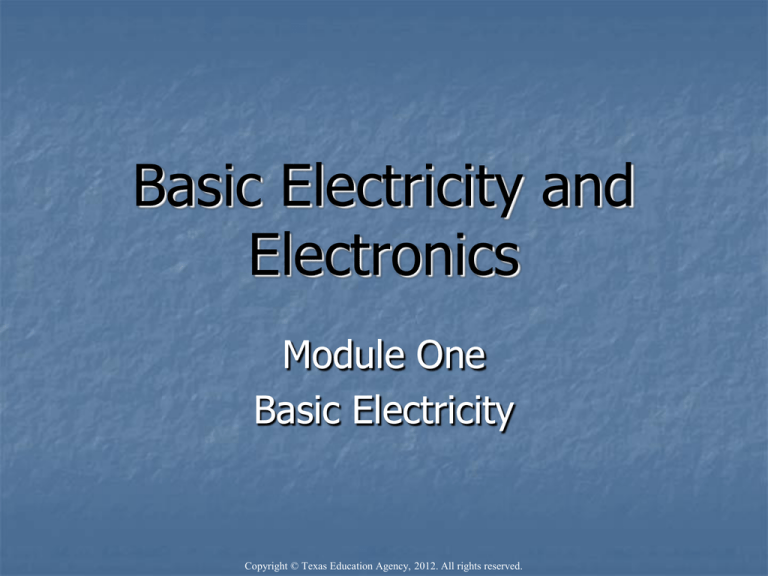
Basic Electricity and
Electronics
Module One
Basic Electricity
Copyright © Texas Education Agency, 2012. All rights reserved.
Basic Electricity
Basic electricity and electronics starts with
electrons
Electrons are one of the three fundamental
particles
Electrons move to create electrical work
Electronics is the study and use of systems
that control the movement of electrons
2
Copyright © Texas Education Agency, 2012. All rights reserved.
Electrons and Charge
How do we make electrons move?
Electrons have a charge
Like charges repel, unlike charges attract
These forces make electrons move
+
F
-
F
+
F
+
3
Copyright © Texas Education Agency, 2012. All rights reserved.
Where do we get charge?
Charge is a fundamental property of
nature
Electrons and protons have a charge
Electron charge is negative
Proton charge is positive
4
Copyright © Texas Education Agency, 2012. All rights reserved.
The Atom
The fundamental building
block of all matter
Made of protons,
neutrons,
and electrons
The type of element is
determined by the number
of protons in the nucleus
5
Copyright © Texas Education Agency, 2012. All rights reserved.
Voltage and Charge
Atoms are usually neutral because they
have the same number of protons and
electrons
Charge builds up when electrons are
separated from the atom
Voltage is a measurement of force created
by a buildup of charge
6
Copyright © Texas Education Agency, 2012. All rights reserved.
Voltage and Current
Voltage is the force created by a buildup
of charge
Also called a potential difference
Voltage can make electrons move
Electron movement is called current flow
Current flow does the work in an electric
circuit
7
Copyright © Texas Education Agency, 2012. All rights reserved.
Common Electrical Units
The unit of charge is the COULOMB
Charge has the symbol Q,
The unit of voltage is the VOLT
The symbol is V,
The unit of current is the AMP
Current uses the symbol I,
The unit of resistance is the OHM
Resistance has the symbol W,
8
Copyright © Texas Education Agency, 2012. All rights reserved.
Why use Electricity?
A good power source
Easy to create
Easy to control
Efficient to transmit
Easy to measure
Makes everything work – our way of life
depends on it
9
Copyright © Texas Education Agency, 2012. All rights reserved.
An electric circuit must have a
complete path from one side of a
power supply (+V) to the other (-V)
Voltage across a resistor creates
current
Voltage, current, and resistance follow
a rule known as Ohm’s Law
V
I=
R
Current equals voltage divided by resistance
10
Copyright © Texas Education Agency, 2012. All rights reserved.
A Simple Circuit
Water vs Electrical Analogy
11
Copyright © Texas Education Agency, 2012. All rights reserved.
Calculating series and parallel
resistance
12
Copyright © Texas Education Agency, 2012. All rights reserved.
Electricity creates an electromagnetic
wave also known as a radio signal
Travels at the speed of light through
air
Travels at nearly the speed of light
through a wire
Historically most signals were analog
and used AC principles
13
Copyright © Texas Education Agency, 2012. All rights reserved.
Electrical Components
14
Copyright © Texas Education Agency, 2012. All rights reserved.
Electrical Components
15
Copyright © Texas Education Agency, 2012. All rights reserved.
Electrical Components
16
Copyright © Texas Education Agency, 2012. All rights reserved.
Resistors
Water Analogy
17
Copyright © Texas Education Agency, 2012. All rights reserved.
Capacitors in AC circuits
Water Analogy
Capacitor Tutorial Video
Capacitor AC & DC Current
18
Copyright © Texas Education Agency, 2012. All rights reserved.
Inductors in AC circuits
Symbol
Water Analogy
Inductor Tutorial Video
19
Copyright © Texas Education Agency, 2012. All rights reserved.
Diodes
LED
Water Analogy
Diode Tutorial Video
20
Copyright © Texas Education Agency, 2012. All rights reserved.
Transistors
Water Analogy
Symbol
Transistor Tutorial
Video
21
Copyright © Texas Education Agency, 2012. All rights reserved.
Microprocessors
iPhone 6 Microprosessor
Microprocessor
Tutorial Video
How Microprocessors
Are Made Video
22
Copyright © Texas Education Agency, 2012. All rights reserved.


